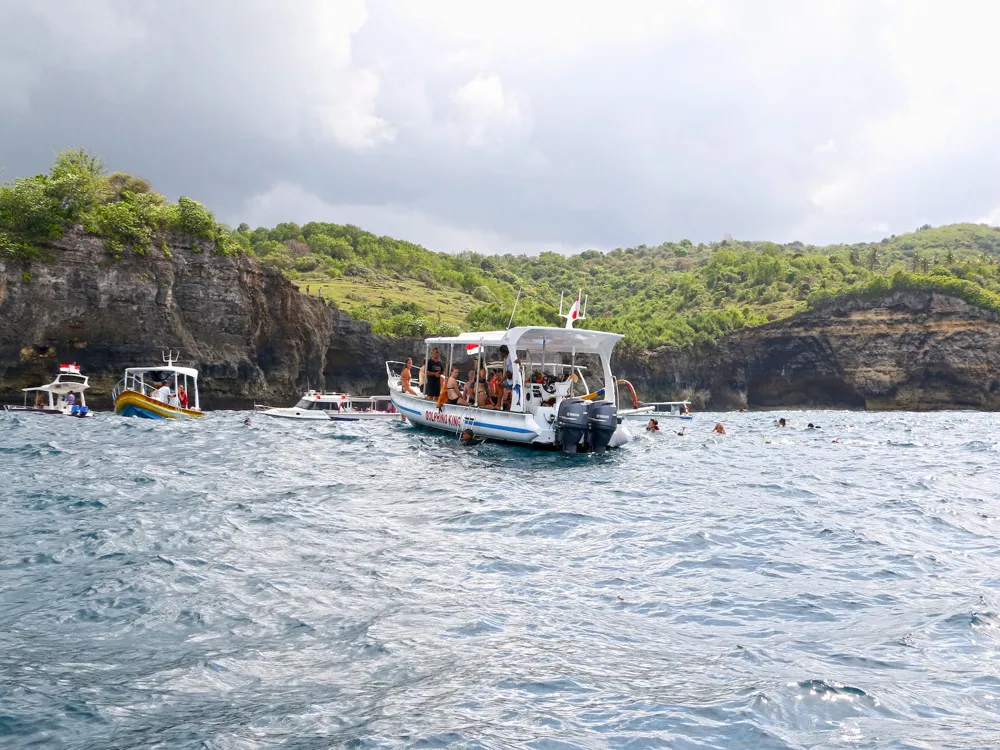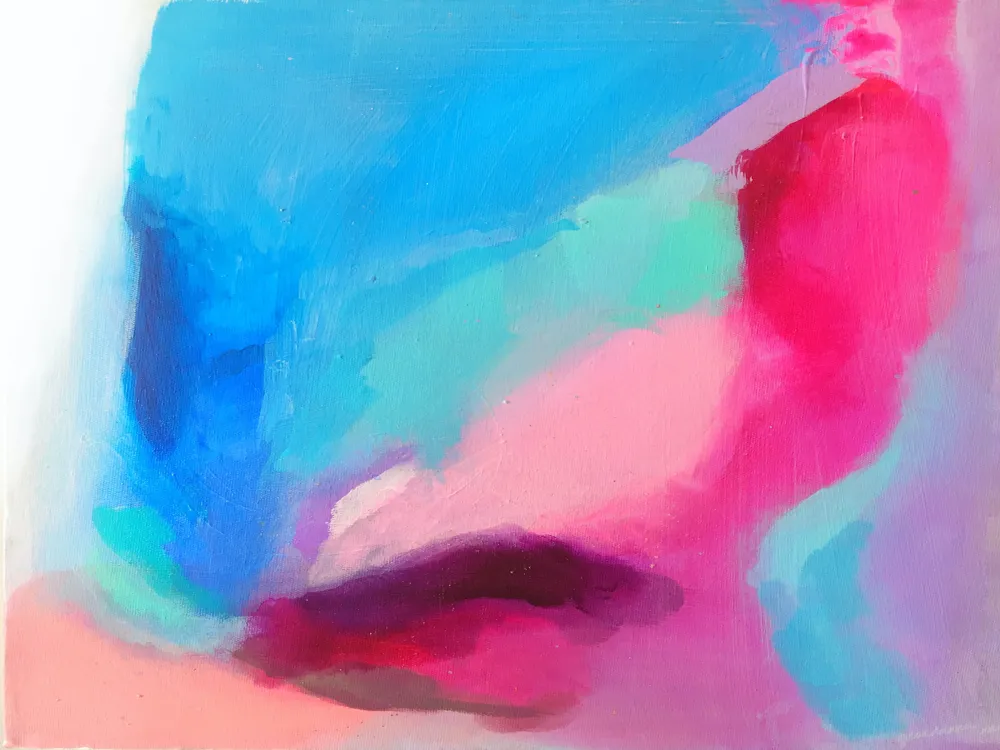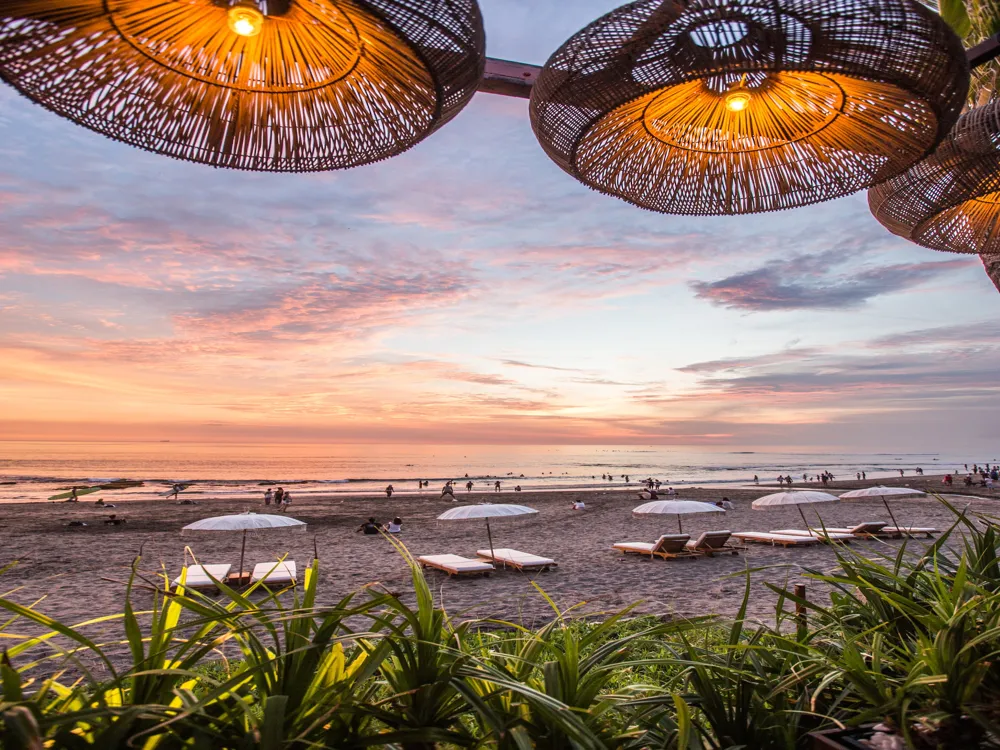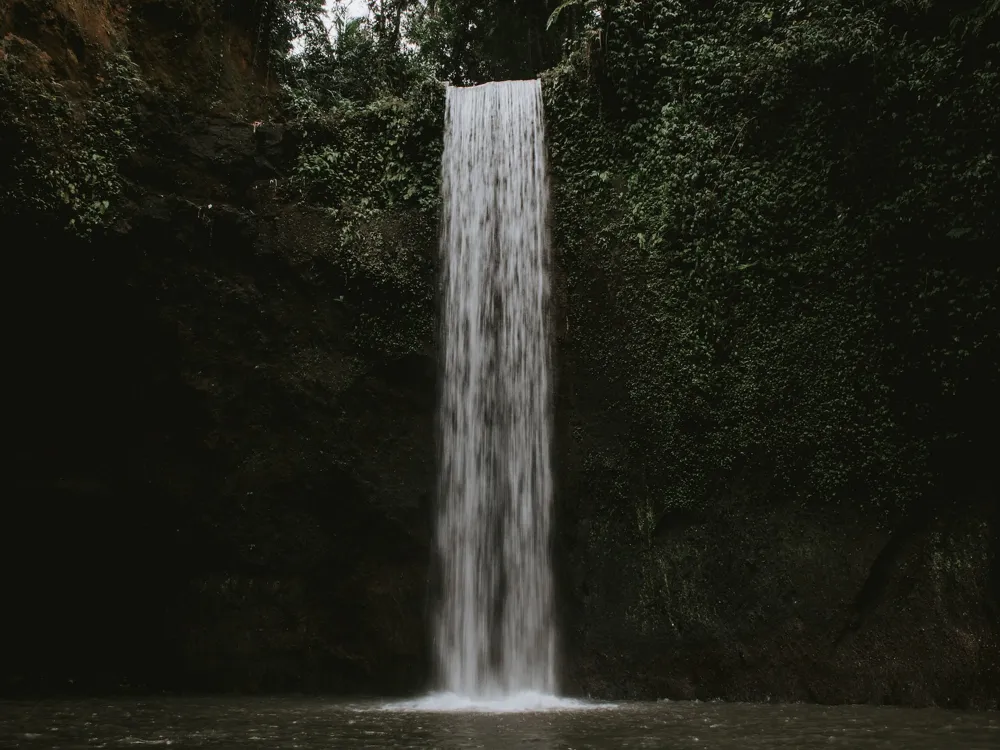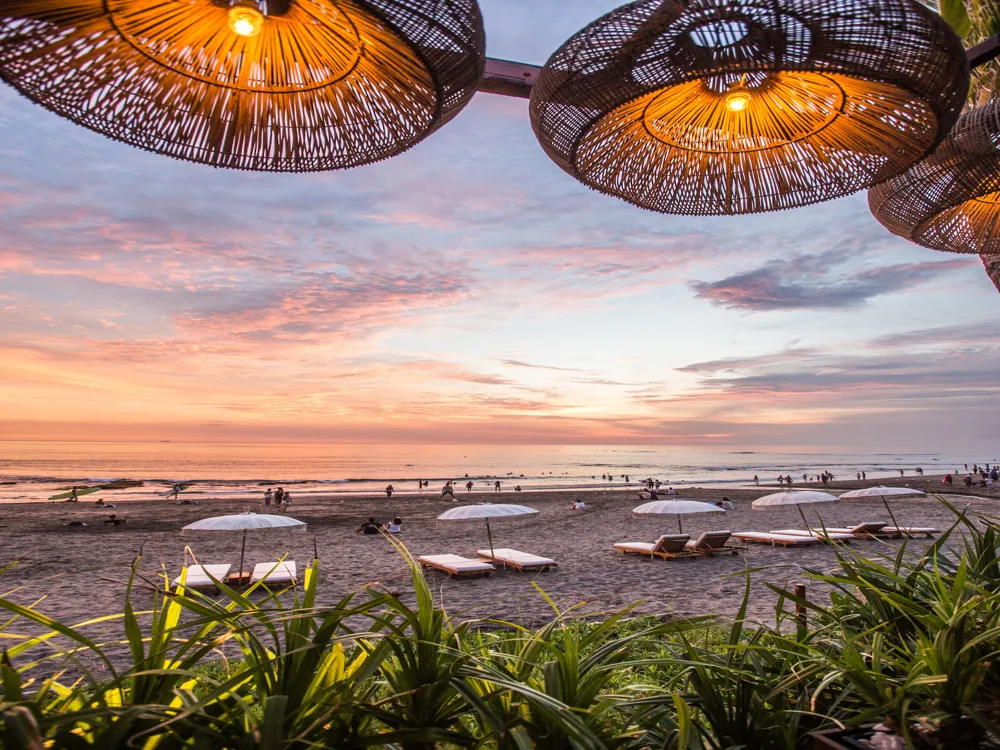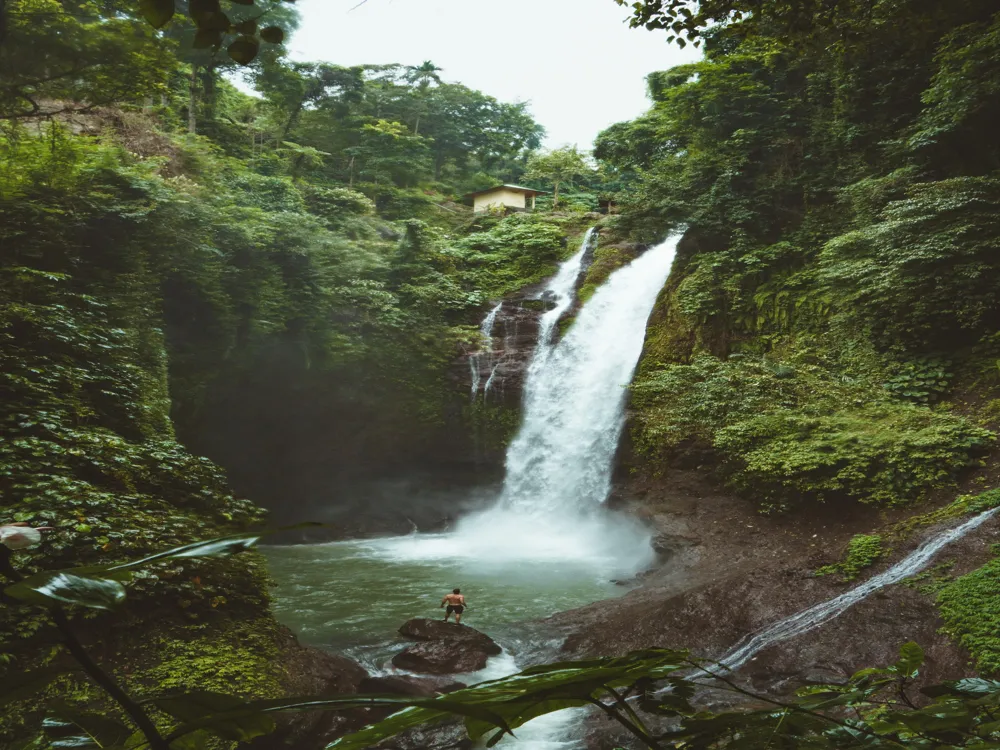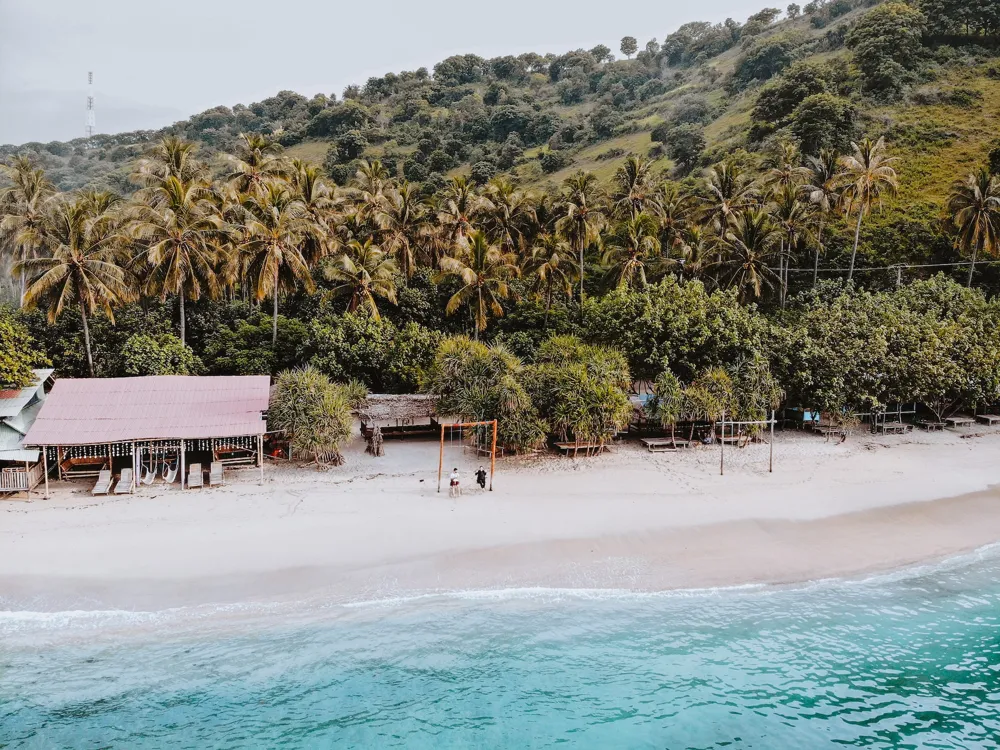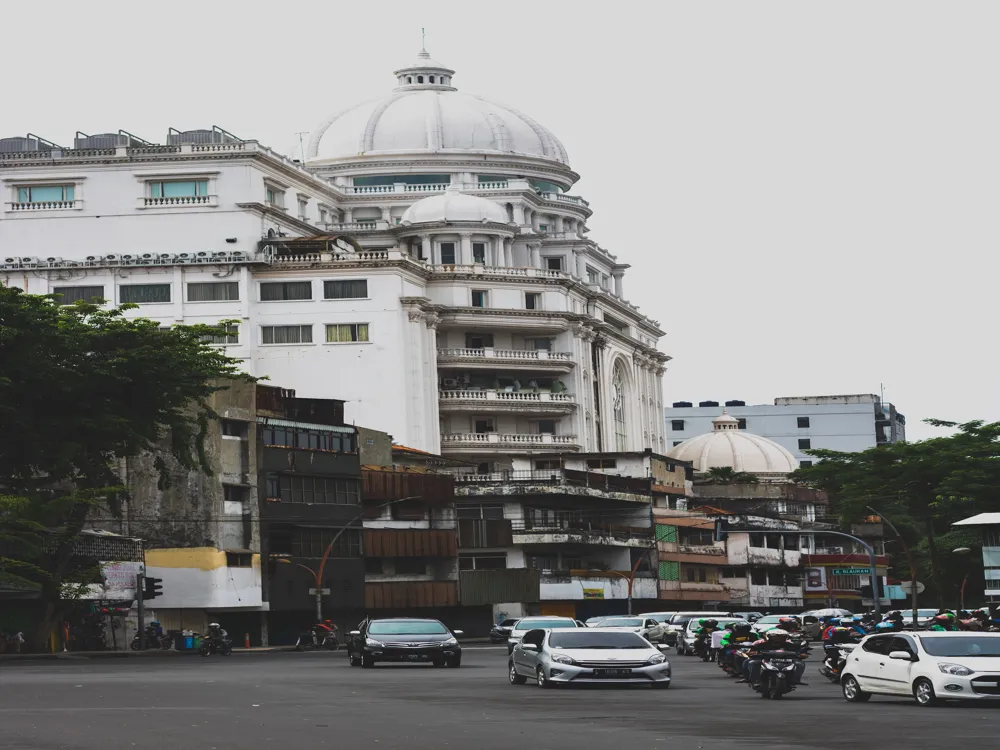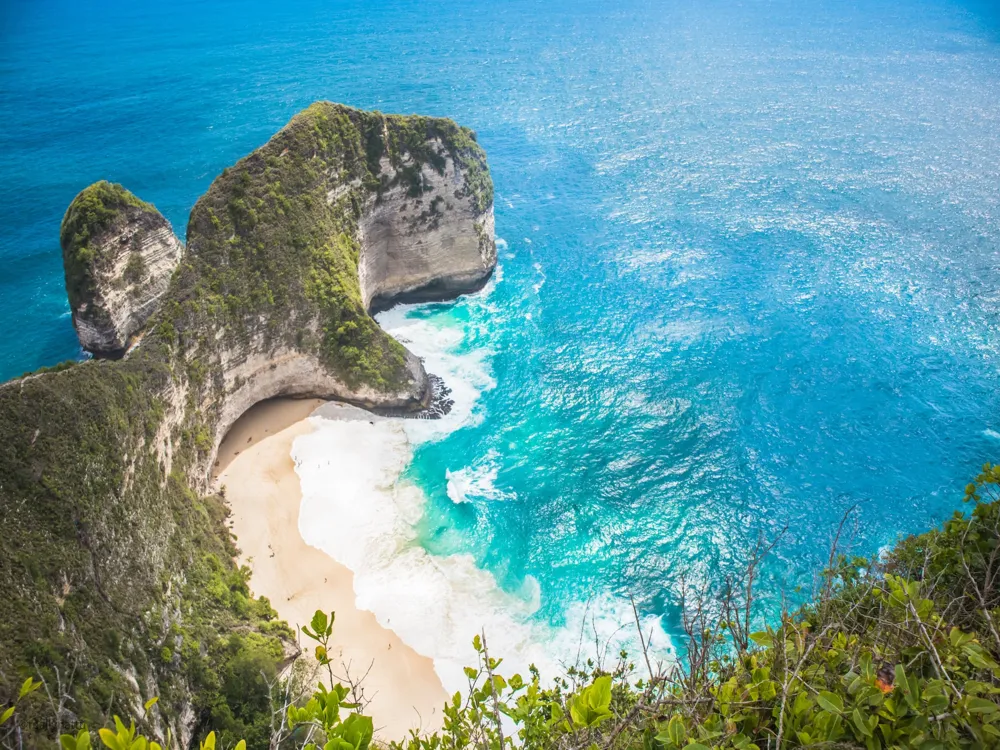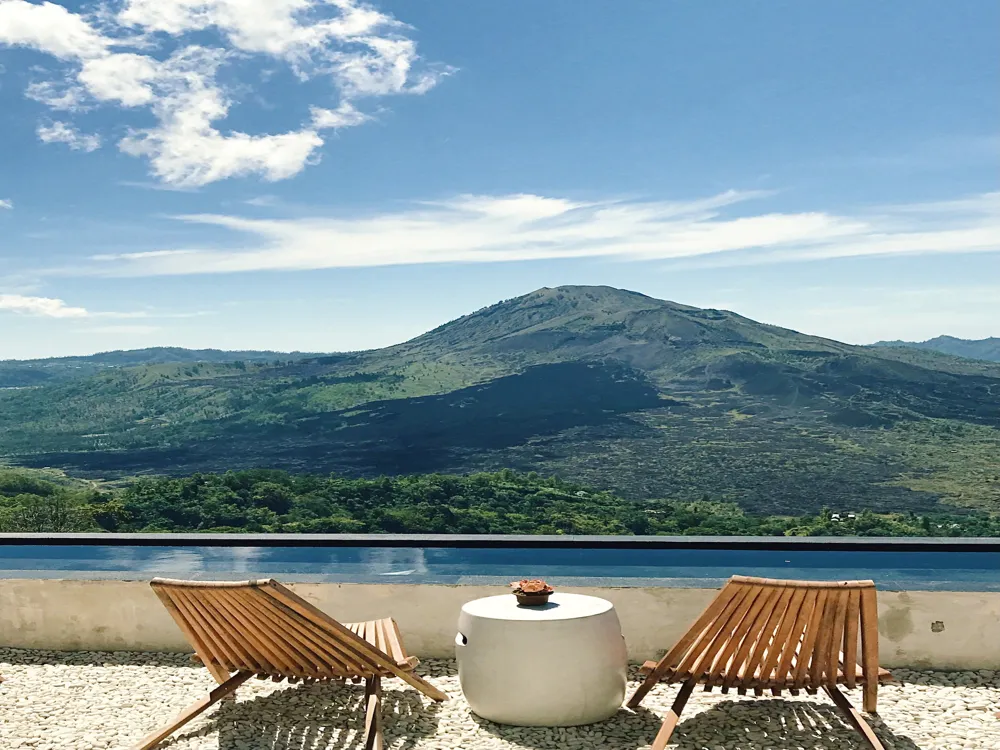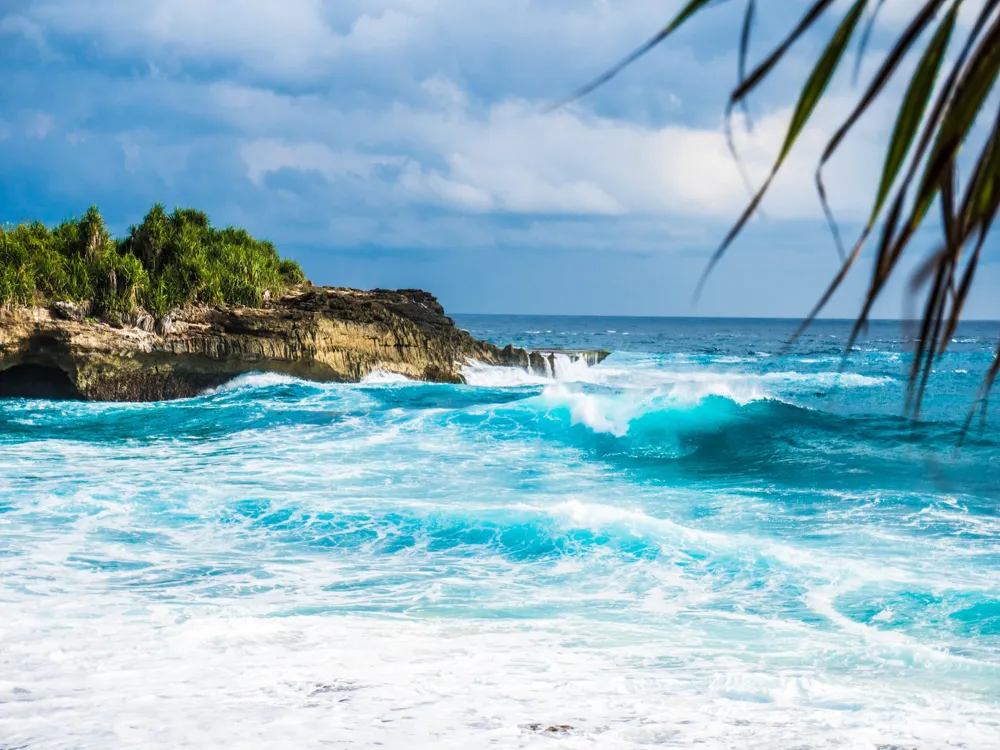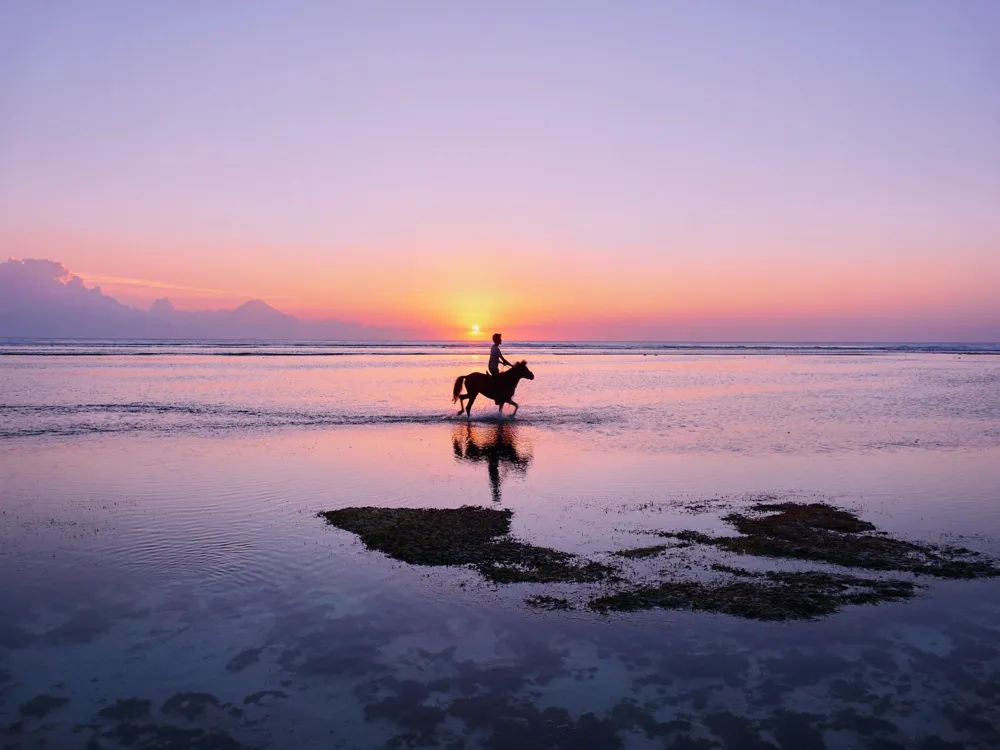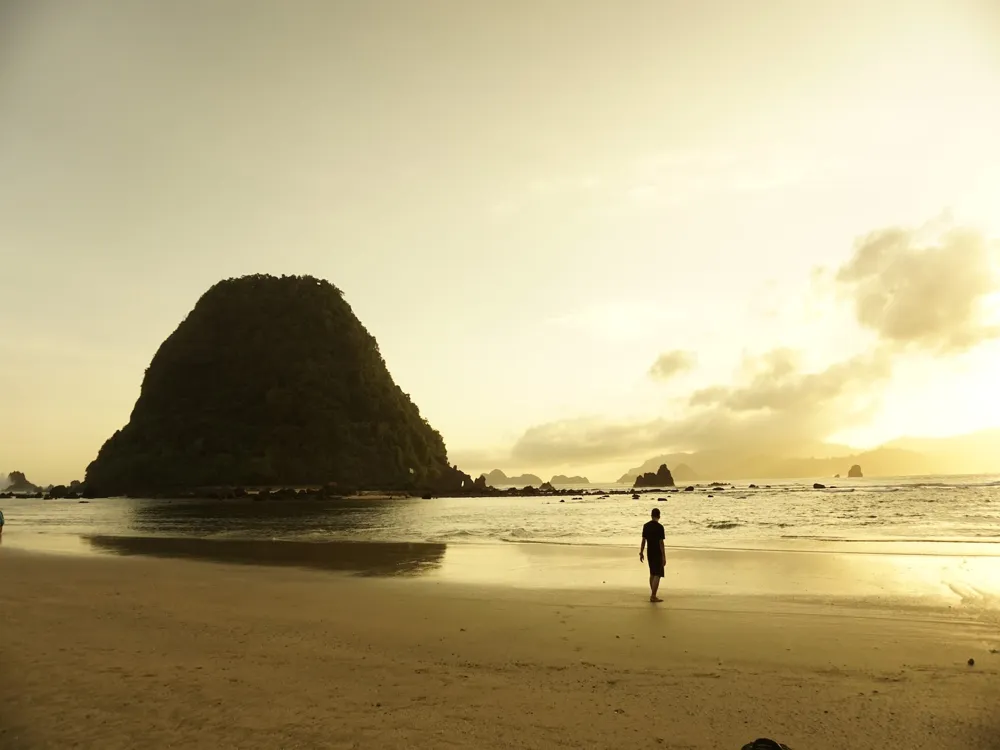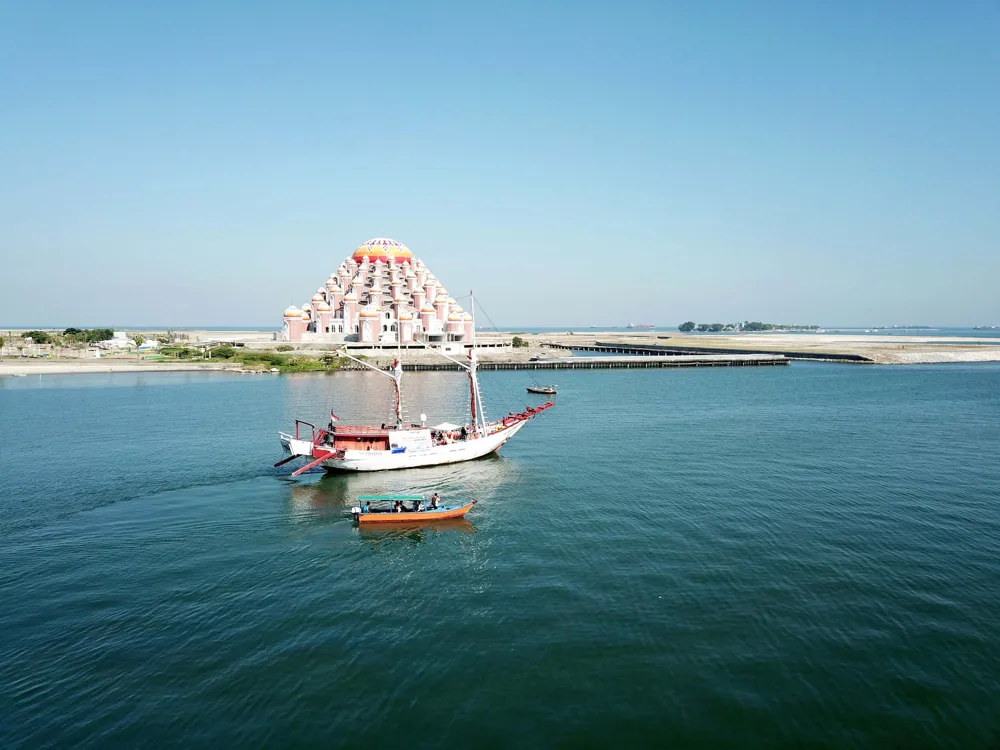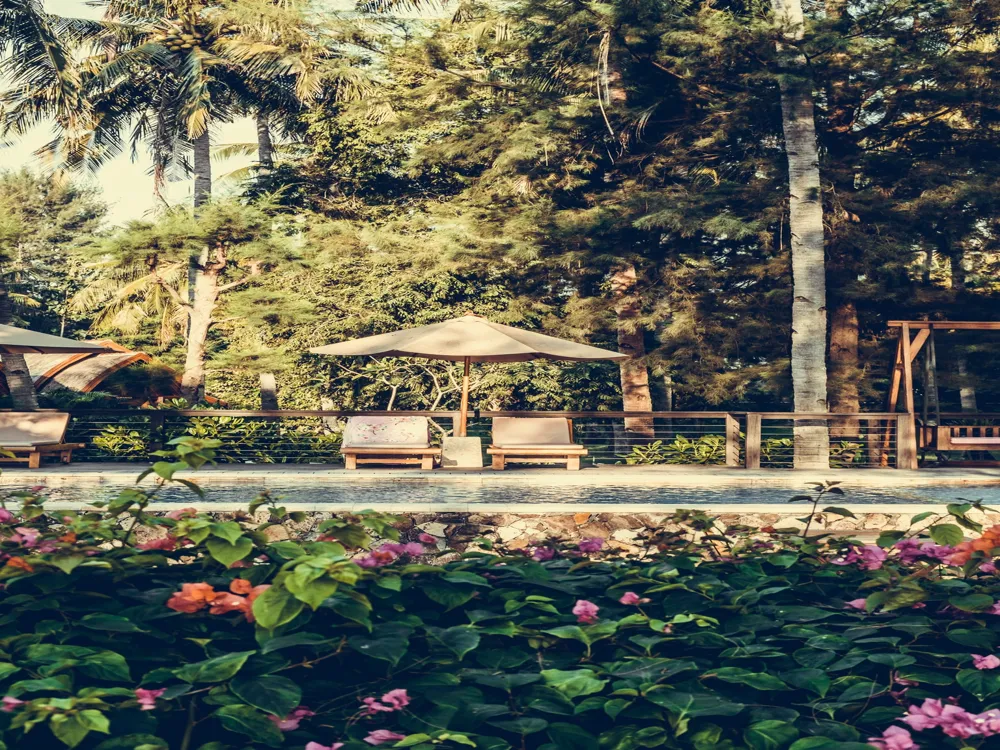Pura Segara, often revered as a significant sea temple in Bali, Indonesia, stands majestically along the coastline. This ancient temple, embodying spiritual and cultural significance, offers a serene atmosphere and stunning ocean views, making it a must-visit destination for both pilgrims and tourists. The armature of Pura Segara is a remarkable mix of Balinese and Hindu influences. Characterized by its towering abbey-like sanctuaries, intricately sculpted gates, and statues of divinities, the temple's design reflects Bali's rich history and religious traditions. The temple's layout is courteously integrated with the natural geography, showcasing Bali's gospel of harmony between the terrain, humanity, and the godly. Visitors should wear modest apparel covering their shoulders and knees as a sign of respect in this sacred place. Sarongs and belts can frequently be rented at the entrance. Early morning or late autumn are ideal times to visit Pura Segara to avoid the noon heat and witness the temple in a more tranquil setting. As a place of worship, it's important to maintain a respectful demeanor, avoid loud noises, and follow the guidelines set by temple authorities. Photography is generally permitted, but visitors should avoid taking pictures directly in front of worshippers or during religious ceremonies. Pura Segara is accessible by colorful modes of transportation. Excursionists can hire a hacker, rent a scooter, or join a guided tour from major areas in Bali. The temple is located a reasonable distance from popular regions like Kuta and Ubud, making it an accessible day trip destination. Read MoreOverview of Pura Segara
Architecture of Pura Segara
Tips for Visiting Pura Segara
Dress Appropriately
Best Time to Visit
Respect Local Customs
Photography Etiquette
How to Reach Pura Segara
Pura Segara
Bali
₹ 13,500 onwards
View bali Packages
Weather :
Tags : Temple
Timings : 9:00 AM - 6:00 PM
Entry Fee : No Entry Fee
Planning a Trip? Ask Your Question
Bali Travel Packages
View All Packages For Bali
Top Hotel Collections for Bali

Private Pool

Luxury Hotels

5-Star Hotels

Pet Friendly
Top Hotels Near Bali
Other Top Ranking Places In Bali
View All Places To Visit In bali
View bali Packages
Weather :
Tags : Temple
Timings : 9:00 AM - 6:00 PM
Entry Fee : No Entry Fee
Planning a Trip? Ask Your Question
Bali Travel Packages
View All Packages For Bali
Top Hotel Collections for Bali

Private Pool

Luxury Hotels

5-Star Hotels

Pet Friendly







